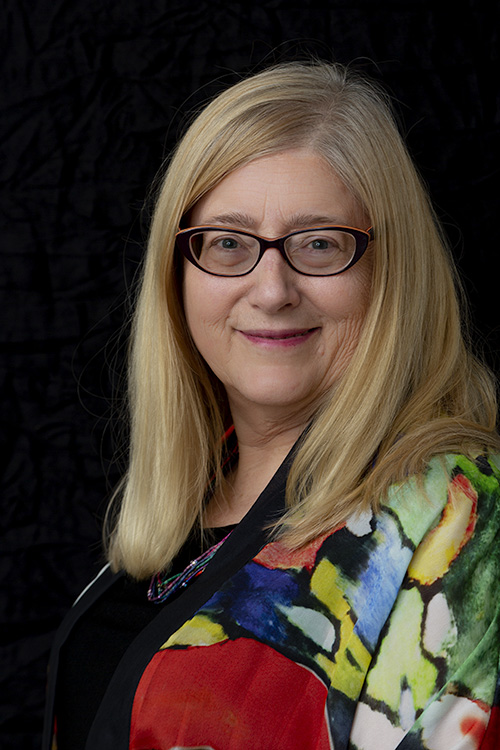Blonde at 65 or The Tale of the Peacock
What have peacock tail feathers ever done for the peacock?
They are heavy, they harbor ectoparasites, and they add nothing to the bird’s ability to eat, drink, or move. So why have they persisted, generation after generation? A peacock’s tail is a prime example of an elaborate display of reproductive fitness. According to evolutionary scientists, a bird that has so much energy to waste on mere display must have plenty going on as a potential mate; that is the apparent basis for the tail’s attraction. The colorful tail is a babe magnet of the first order among the peacocks. What the tail does for the male peacock is provide sex, and more importantly offspring – the evolutionary definition of success.
Silly peacocks, you might think, to be fooled by a few bright feathers. But we are not immune. While the male of the bird species is the one with the brilliant colors, in humans it is the female who carries the burden of decorative display. Any woman who has wedged her feet into high heels or stayed up late swabbing the evening’s makeup off her tired face knows all about appearance and courtship rituals.
In fact, studies have shown that human males pay much more attention to the appearance of females than human females pay to the appearance of males. And it is no surprise that one thing males look for in courtship is visible signs of fertility, which are tied to youth. The appearance of reproductive fitness operates subconsciously as well as consciously in the thought process of the human male. In response, there are multibillion dollar industries that depend on the female demand to conform to youthful standards of appearance: the makeup industry, the diet industry, the cosmetic surgery industry. It is true that what is seen as attractive varies from one culture to another, and over time within each culture. Yet ultimately, what is considered attractive is driven by the imperatives of evolution.
Clearly, though, human sexuality is more complex than reproduction. Sex does far more for us than give us babies. Unlike the females of other species, women stay sexual throughout their cycle, even at times when we are not fertile. Sex for humans is a pair bonding activity, is a way to keep partners together while our vulnerable offspring grow through their lengthy childhoods.
And many women remain sexual even after our children are grown. We know that human women, unlike other species, live way past our reproductive years (see the Grandmother Hypothesis). When there were fewer people on the planet, it made sense that human males would avoid mating with late life women. It does not make sense now, but evolution has not read the memo about the population crisis. And from the sexy midlife woman’s point of view, it is advantageous for us to display signs of reproductive fitness long after those signs no longer apply. Evolution will not take care of our happiness; we must do that for ourselves. We are caught in a game with ancient rules that no longer apply, and yet we can bend those rules.
As a woman who went grey at forty and still dyes her hair blond at 65, I am constantly amazed at how that one little illusory signal changes how people react. Blond hair on a woman is a lot like a big tail on a peacock: it is a conspicuous display, that may be completely inaccurate, but still conveys advantages.
When I read articles about what older women “should not” wear, or why we “should not” dye our hair, I wonder whether the writers of those articles understand the ancient game we are still playing. We don’t just fool each other when we stage those displays. We fool our DNA.


